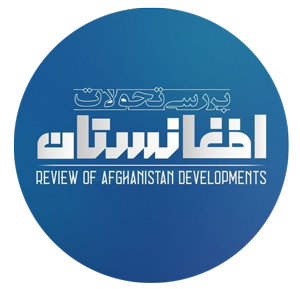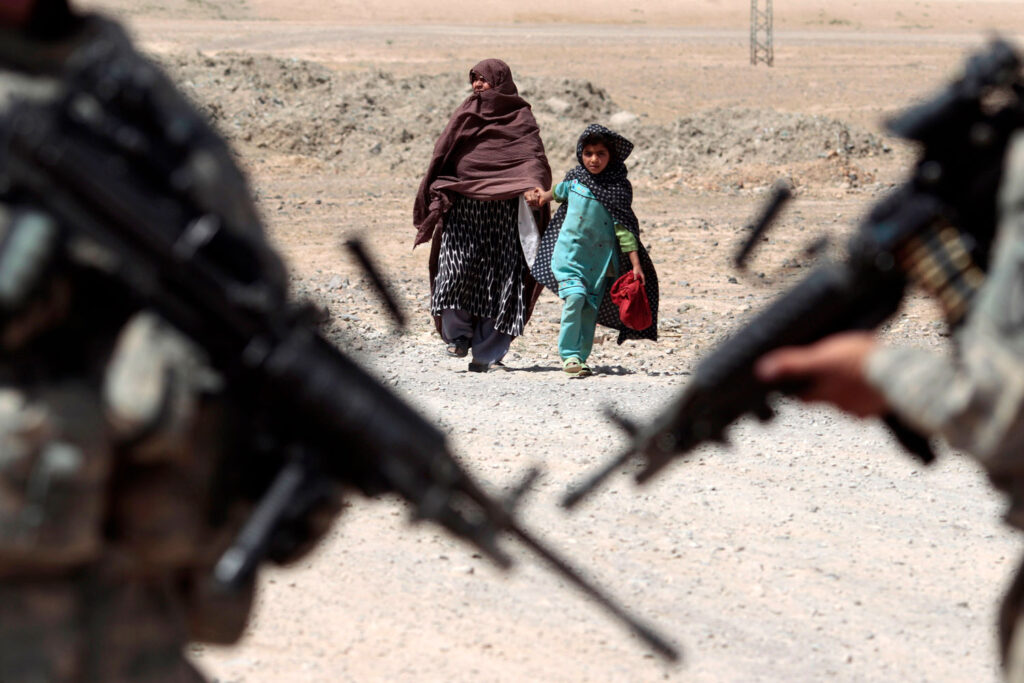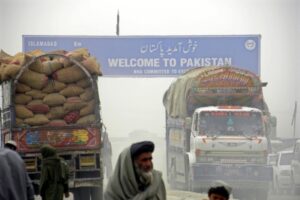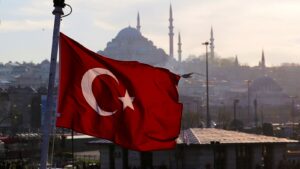Review of Afghanistan developments
The long-standing Afghanistan war, lasting for more than a few decades, has caused severe adverse physical and psychological consequences for the health of community members, the social fabric, community infrastructure, individual mobility, the environment, social behaviors, international relations, human rights, and the development of Afghans. This article aims to investigate the influence of the war on the mental health of the Afghanistan society.
Research indicates that women suffer more from the effects of war than men, with additional vulnerable groups including children, the elderly, and disabled individuals. Afghanistan has been in a state of war, political instability, and humanitarian crises for over forty years. This prolonged conflict has not only ravaged the nation’s economic and social infrastructure but has also had significant repercussions on the mental health of its populace.
A brief history of the Afghanistan war
Afghanistan has experienced prolonged conflict for many years, characterized by foreign invasions, internal strife, and armed insurgencies. The recent history of warfare in Afghanistan can be categorized into several significant phases.
1. The Soviet invasion and Afghan resistance
In 1979, the Soviet Union initiated an invasion of Afghanistan to assist the communist government in its fight against the Islamist Mujahideen and occupied the country. This war inflicted severe damage, resulting in millions of fatalities and displacing an estimated five million Afghans, a significant number of whom sought refuge in Pakistan and Iran. During this period of the Afghanistan war, the Mujahideen were supported by the United States, Saudi Arabia, and Pakistan, who provided them with weapons and funding, which ultimately led to the Soviet withdrawal in 1989.
2. Civil war and the rise of the Taliban
After the departure of Soviet troops, Afghanistan experienced a descent into chaos and internal warfare, as numerous Mujahideen factions contended for dominance. The Taliban ultimately established itself as the leading authority in 1996, capturing Kabul and creating the Islamic Emirate of Afghanistan.
3. US attack and NATO occupation
Following the September 11 attacks, the United States, along with its Western allies, launched an invasion of Afghanistan in 2001. This military action resulted in the overthrow of the Taliban government and the establishment of a new government initially headed by Hamid Karzai and subsequently by Ashraf Ghani. However, the conflict persisted, marking the Afghanistan war as the longest military engagement for the United States, with over 100,000 Afghan civilians losing their lives.
4. The return of the Taliban and the withdrawal of the US
In the year 2021, the withdrawal of American military personnel allowed the Taliban to swiftly take over Afghanistan, with Kabul falling to them without substantial resistance. The Islamic Emirate of Afghanistan was re-established, resulting in various societal limitations, particularly regarding women’s rights, which became a prominent consequence of this period in the Afghanistan war.
The influence of the Afghanistan war on the psychological state of the population
1. Collective trauma and social identity disorder
Warfare induces a state of collective trauma, wherein entire populations endure psychological distress as a consequence of extensive violence, displacement, and the grief of losing loved ones. This trauma can significantly alter social identities, inciting ethnic strife, a pervasive sense of collective victimhood, and the disintegration of national identity, thereby intensifying ethnic, religious, and regional rifts.
The continual breakdown of state authority and the emergence of insurgent groups have diminished public confidence in governmental institutions, leading individuals to increasingly rely on local and tribal allegiances. The decades-long war and conflict in Afghanistan has left many Afghans feeling disillusioned and incapable of forming stable relationships, resulting in a society characterized by fragmentation and individualism, where personal survival is prioritized over the collective good.
2. Increased rates of post-traumatic stress disorder, depression, and anxiety
Individuals who have been exposed to warfare, particularly civilians, exhibit elevated levels of post-traumatic stress disorder (PTSD), depression, and anxiety disorders. These psychological conditions are not solely personal afflictions; they can also be transmitted socially, leading to alterations in familial and social dynamics. PTSD stands out as one of the most prevalent psychological repercussions of extended wars. Research involving survivors of the Afghanistan war indicates that approximately 40 to 55 percent of individuals in regions affected by war display symptoms associated with PTSD.
Symptoms associated with this disorder include recurrent flashbacks of traumatic experiences, insomnia, significant irritability, and a tendency to avoid situations that trigger memories of the war. The ongoing wars have also contributed to an increase in depression rates among the Afghan population.
Research from the World Health Organization reveals that the prevalence of depression in war-impacted regions of Afghanistan can be as high as 68 percent. This statistic is markedly higher than the global average, illustrating the devastating effects of prolonged conflict on mental health. Additionally, chronic anxiety has risen within the community, stemming from insecurity, an uncertain future, and the loss of loved ones.
3. Intergenerational psychological effects
War trauma does not solely affect those who have lived through it; its effects can permeate to later generations as well. The children of war survivors may experience intensified stress reactions, difficulties in managing their emotions, and challenges in social interactions, even in the absence of direct exposure to the war.
4. Social collapse and decline in public trust
War diminishes social unity, leading to heightened distrust, fragmentation of society, and the dissolution of collective bonds. In Post-war societies, the challenge of rebuilding trust in governmental entities, political systems, and even among individuals can result in lasting instability.
5. Normalization of violence and aggressive behavior
Studies in sociology reveal that long-term exposure to violence desensitizes individuals and communities, leading to the acceptance of aggression and violent means of conflict resolution as societal norms. This normalization can perpetuate cycles of violence within the political and familial contexts of post-conflict societies. Children who grow up amidst war, regardless of their direct involvement, often show signs of heightened aggression, emotional issues, and persistent attention deficits that carry into adulthood.
The normalization of violent behavior has contributed to a surge in domestic violence, the recruitment of new members into paramilitary factions, and the continuation of revenge killings within society. Families enduring psychological trauma often instill fear, distrust, and survival-oriented behaviors in their descendants, which may result in the ongoing prevalence of post-war mental health disorders. This situation perpetuates a cycle of violence and increases the potential for internal conflict.
6. Displacement and the mental health crisis
War typically induces forced migration, resulting in profound psychological distress for displaced populations, who grapple with the loss of their homes, disconnection from their cultural backgrounds, and an uncertain future. Internally displaced individuals are at a heightened risk for mental health disorders, including identity crises, depression, and severe anxiety, often exacerbated by inadequate living conditions and a lack of psychological care.
Displaced individuals often grapple with feelings of cultural dislocation, a diminished sense of social belonging, and the relentless stress stemming from an uncertain future. On the flip side, displacement has precipitated the collapse of conventional social structures, undermined social support systems, and migration to other countries has resulted in cultural tensions.

Elements that intensify mental health problems stemming from the Afghanistan war
1. Problems in the mental health system
A significant issue in Afghanistan is the inadequate medical infrastructure available for individuals suffering from mental health disorders. This critical deficiency has resulted in numerous individuals with mental illnesses either going untreated or resorting to traditional and unproven methods of treatment.
2. Social stigma towards mental illness
Within the framework of traditional Afghan culture, mental health challenges are commonly disregarded or linked to religious and mystical explanations. Numerous individuals suffering from PTSD refrain from pursuing treatment due to concerns about societal ostracism.

















